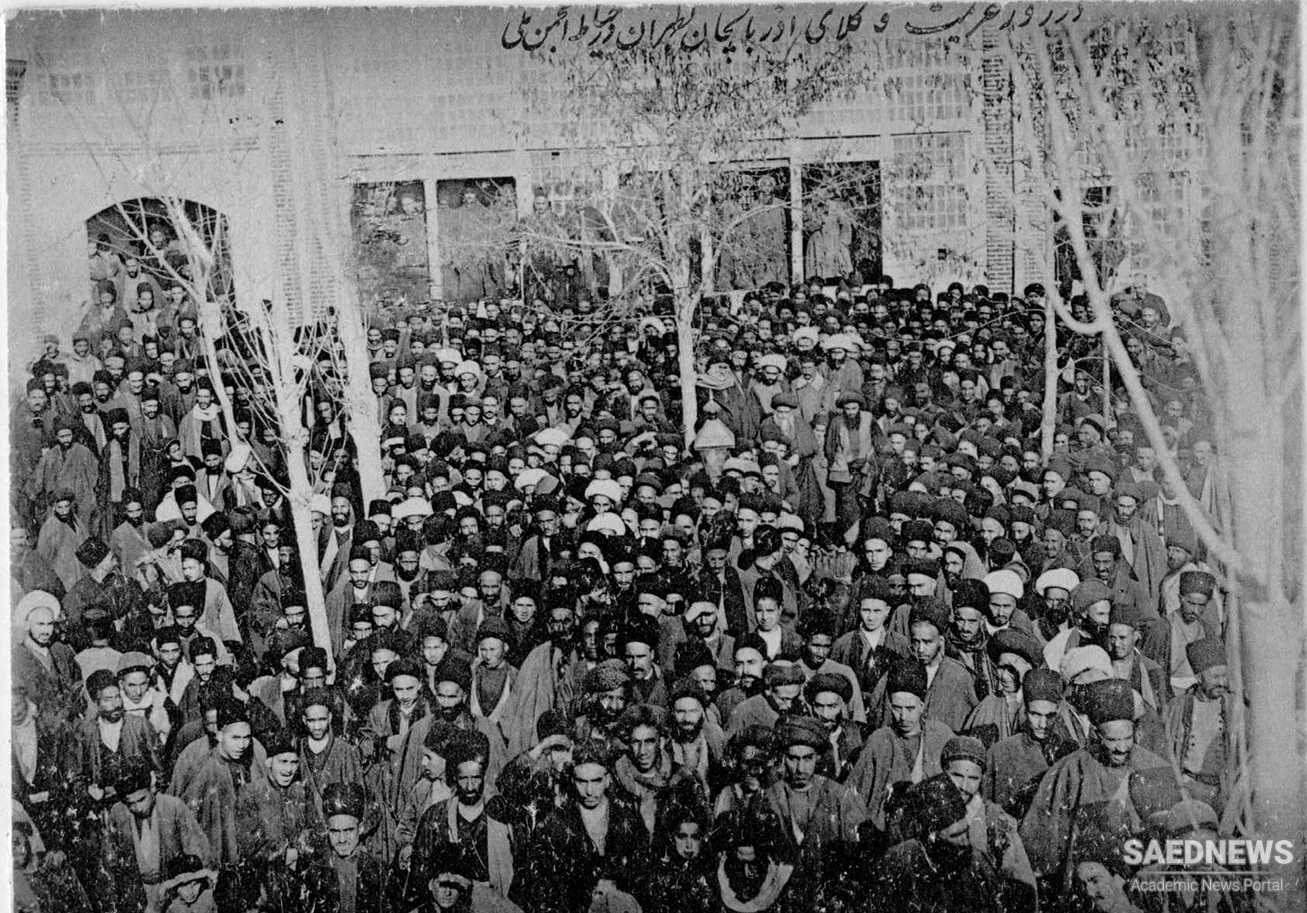This was the first time in the long history of Persian kingship that a document subordinated, albeit partially, the king’s authority to the people’s institutional mandate—an assertion over which a bloody civil war would soon be fought. The constitution also regarded the Majles as the legislative body in charge of making laws but also delegated to it supervisory powers over the affairs of the government including consent in appointing the premier and his ministers as well as the prerogative to dismiss them.
To appease detractors within the ulama camp, the constitution stipulated that all laws (qanun) legislated by the Majles was to remain within the bounds of political order, and thus outside the sphere of the shari‘a. In reality, however, it subverted the accepted universality of the shari‘a in some key provisions. In contrast to Islamic law that discriminated between Muslims and non-Muslims, the constitution recognized equal rights for all citizens. It further secured freedom of the press and publication, and freedom of association, so long as they were not against principles of Islam. Freedom of expression in particular was seen by the opposing ulama not only as a clear breach of restraints that Islam placed on individuals but also as sanctioning the spread of un-Islamic ideas and heresies.
Article 1 of the 1907 Supplement to the Fundamental Law specifically declared Twelver Shia Islam as the official religion of Iran, and article 2 specified:
"At no time must any legal enactment of the Sacred National Consultative Assembly [Majles Moqaddas Showra-ye Melli], established by the Imam of the Age and His Majesty the shahanshah of Islam and the whole people of the Iranian nation, be at variance with the sacred principles of Islam or the laws established by His Holiness the Best of Mankind [i.e., Prophet Mohammad]."
This, of course, was not merely a lip service; it reflected the framers’ serious dilemma of how to reconcile the will of “the people of Iranian nation” as a source of the constitution’s legitimacy with the ancient pillars of authority: Shi‘i Islam and Iranian kingship. After much bickering over the language, to appease Nuri and the mashru‘eh opposition who were battering the constitutionalists from their sanctuary near Tehran, the Majles approved, after several drafts, that a committee of five mojtaheds and experts of Islamic law would oversee the compatibility of legislation with preconditions laid out in the shari‘a. Though in reality the committee never convened and was forgotten after 1910, compatibility with the shari‘a remained an issue that would reemerge seven decades later during the Islamic Revolution of 1979.


 Late Medieval and Early Modern Persia: Evolving Regional Policy
Late Medieval and Early Modern Persia: Evolving Regional Policy














































